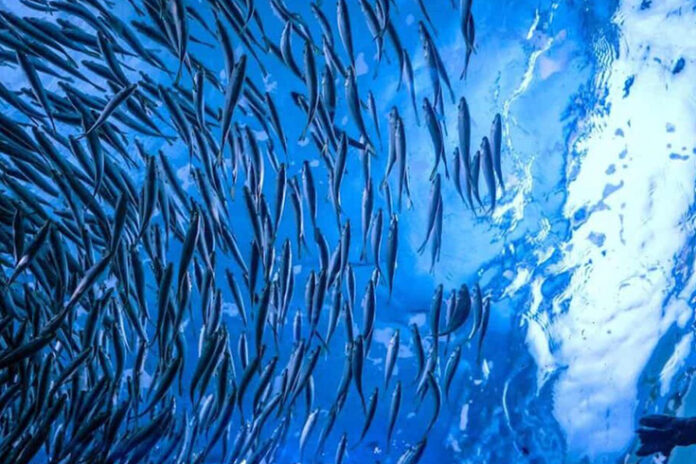The escalating global demand for omega-3 fatty acids, particularly eicosapentaenoic acid (EPA) and docosahexaenoic acid (DHA), has intensified scrutiny on the sustainability of fish oil sources. Traditionally derived from wild-caught fatty fish, this approach faces significant challenges, prompting the exploration of more sustainable and scalable alternatives.
Supply Constraints and Ecosystem Impacts
Overfishing has led to a critical depletion of fish stocks, with the United Nations Food and Agriculture Organization reporting that over 60% of wild fish stocks are fished to their maximum capacity. This overexploitation not only strains the supply of fish oil but also disrupts marine ecosystems, affecting biodiversity and the health of ocean habitats.
Climate change exacerbates these challenges by altering ocean temperatures and currents, impacting fish populations and their habitats. Species like the anchoveta, a primary source for fish oil, are particularly vulnerable to these environmental changes, leading to unpredictable fluctuations in fish oil availability.
Plant-Based Sources
Innovations in biotechnology have enabled the development of plants capable of producing EPA and DHA. For instance, Nuseed’s Omega-3 Canola has been engineered to produce these long-chain omega-3 fatty acids, offering a land-based, renewable source that could significantly augment global supplies without further depleting marine resources.
Microalgae Cultivation
Microalgae, the original producers of EPA and DHA in marine food webs, present a promising alternative. Companies like Pond Technologies are cultivating microalgae in controlled environments, providing a sustainable and scalable source of omega-3s that bypasses the need for fish altogether.
Zooplankton Harvesting
Harvesting zooplankton, such as Calanus finmarchicus, offers another avenue. Zooca’s Calanus oil is derived from one of the world’s largest renewable marine resources, with careful management ensuring minimal environmental impact and a sustainable supply of omega-3s.
Combining these alternative sources with traditional fish oil can enhance supply stability and quality. Blending allows for consistent product availability and can help stabilize prices, making omega-3 supplements more accessible to consumers.
The sustainability of omega-3 fatty acid production is at a crossroads. While wild-caught fish have been the cornerstone of omega-3 supply, environmental and supply chain challenges necessitate the adoption of sustainable alternatives. Embracing plant-based sources, microalgae cultivation, and responsibly managed zooplankton harvesting can collectively ensure a resilient and eco-friendly omega-3 supply for the future.









